Regulatory Support
Regulatory support is emerging as a key driver for the Nanofibrillar Cellulose Market. Governments and regulatory bodies are increasingly recognizing the potential of nanofibrillar cellulose as a sustainable material. This recognition is leading to the establishment of favorable policies and guidelines that promote the use of bio-based materials in various industries. For instance, regulations aimed at reducing plastic waste are encouraging manufacturers to explore alternatives like nanofibrillar cellulose. Additionally, funding and grants for research in sustainable materials are becoming more prevalent, further bolstering the market. As regulatory frameworks evolve to support eco-friendly innovations, the Nanofibrillar Cellulose Market is likely to benefit from increased investment and adoption across multiple sectors.
Diverse Applications
The versatility of nanofibrillar cellulose is a significant driver for the Nanofibrillar Cellulose Market. Its unique properties, such as high strength-to-weight ratio and excellent barrier characteristics, make it suitable for a wide range of applications. Industries such as packaging, automotive, and construction are increasingly incorporating nanofibrillar cellulose into their products. For example, in the packaging sector, it is utilized to create lightweight, durable, and biodegradable materials that meet consumer demands for sustainability. Additionally, the use of nanofibrillar cellulose in the automotive industry for lightweight composites is gaining traction, as it contributes to fuel efficiency and reduced emissions. Market data suggests that the demand for nanofibrillar cellulose in these diverse applications is on the rise, indicating a promising future for the Nanofibrillar Cellulose Market.
Sustainability Focus
The increasing emphasis on sustainability is a pivotal driver for the Nanofibrillar Cellulose Market. As industries strive to reduce their carbon footprints, the demand for eco-friendly materials has surged. Nanofibrillar cellulose, derived from renewable resources, offers a biodegradable alternative to synthetic materials. This shift towards sustainable practices is reflected in the growing adoption of nanofibrillar cellulose in packaging, textiles, and construction. According to recent data, the market for sustainable materials is projected to reach substantial figures, indicating a robust growth trajectory. Companies are increasingly investing in research and development to enhance the properties of nanofibrillar cellulose, making it a viable option for various applications. This trend not only aligns with environmental goals but also meets consumer preferences for sustainable products, thereby propelling the Nanofibrillar Cellulose Market forward.
Technological Advancements
Technological advancements play a crucial role in shaping the Nanofibrillar Cellulose Market. Innovations in processing techniques and production methods have significantly improved the efficiency and scalability of nanofibrillar cellulose manufacturing. For instance, advancements in mechanical and chemical treatments have enhanced the extraction processes, resulting in higher yields and better quality of cellulose fibers. Furthermore, the integration of nanotechnology has opened new avenues for applications, particularly in the fields of medicine and electronics. The market is witnessing a surge in research initiatives aimed at exploring novel applications of nanofibrillar cellulose, which could potentially lead to breakthroughs in various sectors. As a result, the Nanofibrillar Cellulose Market is expected to experience accelerated growth, driven by these technological innovations that enhance product performance and expand its applicability.
Consumer Awareness and Demand
Consumer awareness regarding environmental issues is significantly influencing the Nanofibrillar Cellulose Market. As consumers become more informed about the impact of their choices on the environment, there is a growing demand for sustainable and biodegradable products. This shift in consumer behavior is prompting manufacturers to incorporate nanofibrillar cellulose into their offerings, as it aligns with the preferences of eco-conscious consumers. Market Research Future indicates that products featuring nanofibrillar cellulose are increasingly favored in sectors such as packaging and personal care. Companies are responding to this demand by developing innovative products that highlight the sustainable attributes of nanofibrillar cellulose. Consequently, the heightened consumer awareness is driving growth in the Nanofibrillar Cellulose Market, as businesses strive to meet the evolving expectations of their customers.


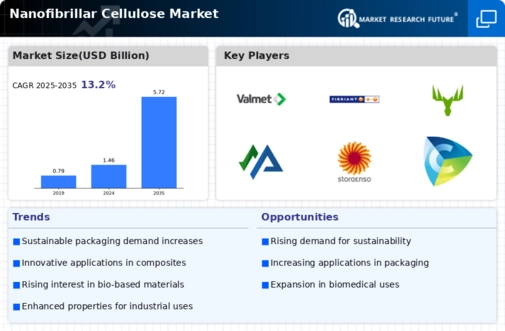
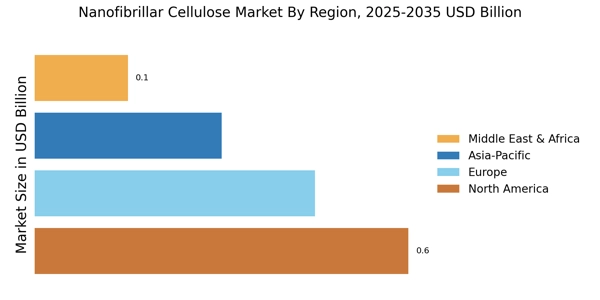
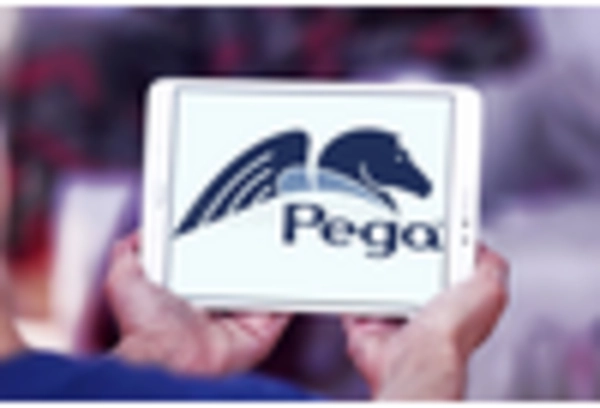
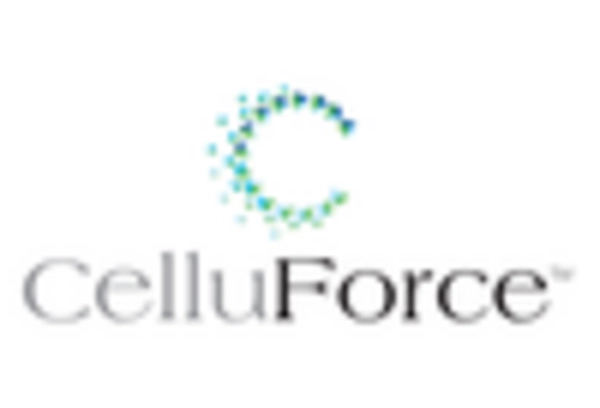
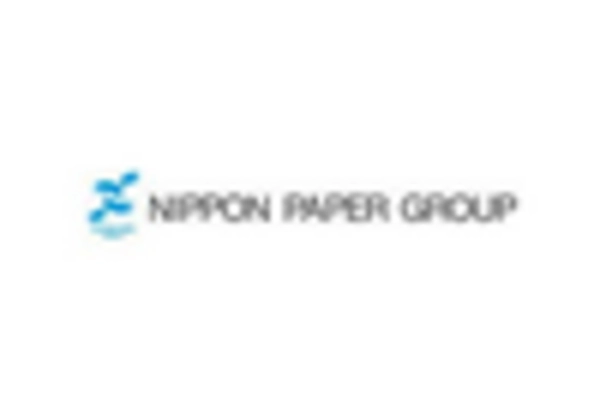
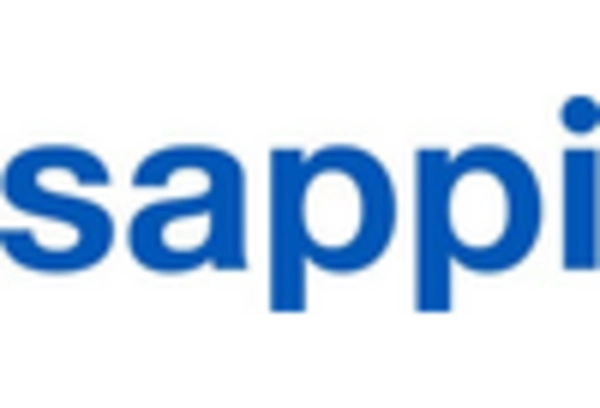
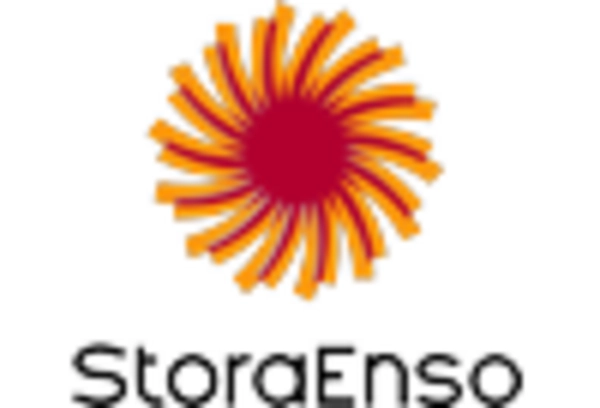
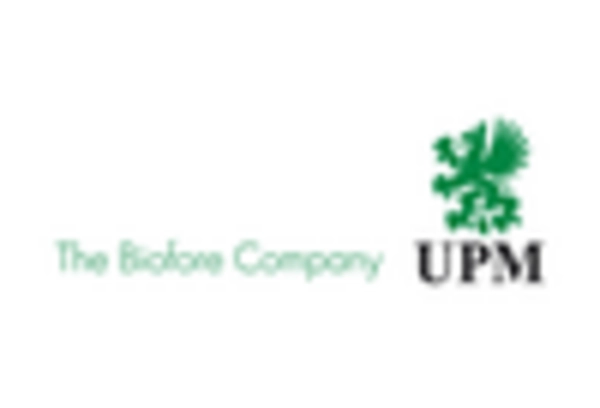








Leave a Comment